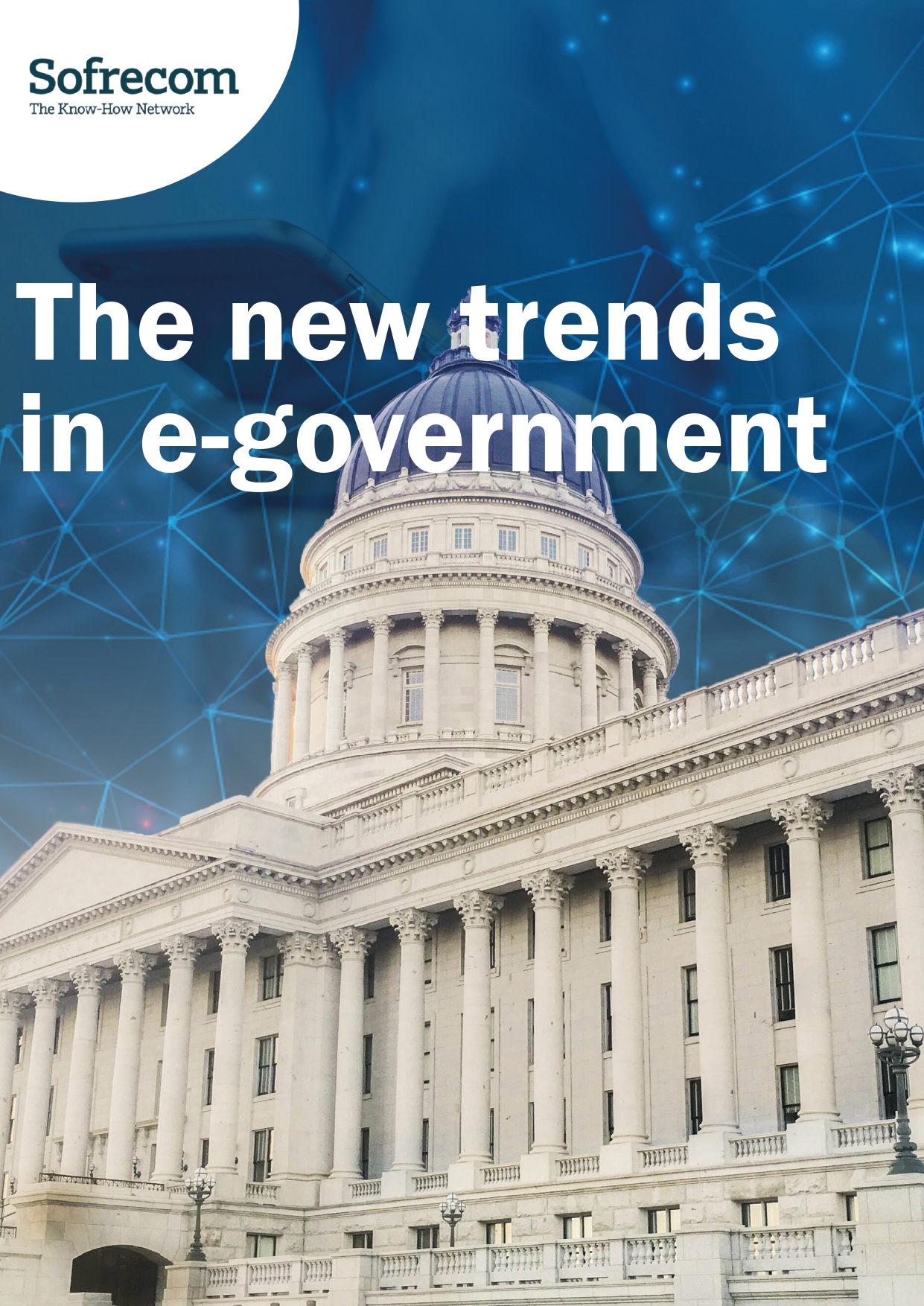
Telecommunications have taken on significant importance in most countries’ economies. In this sense, the sector is an undeniable source of economic growth and development. The advantages of digital technology also benefit the microfinance sector and contribute to its two-fold financial and social mission. Ensuring that more favorable regulatory frameworks are in place allows the sector to continue to develop. The aim is to reach more clients in remote areas at a lower cost, to secure transactions and improve their transparency.
The mobile financial services (MFS) sector continues to develop. Access to these services facilitates everyday life and helps households and companies anticipate the financing of long-term objectives or cope with unforeseen events. To broaden access to and use of these products by as many people as possible, governments and regulators must act on several levers:
Promote and support the diversity of distribution methods
It has long been known that one of the main barriers to financial inclusion is limiting people to traditional bank branches. The lack of infrastructure in rural areas complicates the management of agents and the distribution of cash. Tapping into local partnerships, providing flexible financing for agents and making better use of transactional data will enable providers to meet these challenges.
To reach more customers in remote areas at a lower cost, it is essential that the legal and regulatory framework authorize different types of institutions and apply rules and controls in line with players’ level of risk. Alongside this diversity, there must be policies that foster a competitive and fair environment for all providers.
The advent of new technologies and new players on the market take place in against a clear legal and regulatory setting that also makes it possible to reduce the risks connected with innovation.
In many countries, regulatory approaches that leave room for unusual modes of distribution, such as local retail stores acting as financial intermediaries, or the establishment of innovative providers that make use of the various means at their disposal: technology, existing customer networks, infrastructure, big data, etc., help to lower transaction costs and provide financial products that are perfectly suited to the needs of low-income consumers. They can help strengthen the physical presence of financial providers at a lower cost and provide essential services to those who did not have access to them.
Defining a fair and flexible regulatory framework
In many markets, the absence of an enabling license or authorization framework enabling non-bank providers to access the mobile money market remains the highest and most common barrier to the launch or development of services by providers.
It is essential that these rules be fair and simple: experience shows that regulatory barriers can slow both the birth of the market and customer uptake. According to the Global Findex report on financial inclusion, more than 300 million adults worldwide list excessive paperwork is one of the main obstacles to opening an account.
The aim is thus also to define anti-money laundering and counter-terrorist financing (AML/CTF) procedures appropriate to the level of risk, including client ID verification procedures (KYC: Know Your Customer) that can simplify customer due diligence (CDD) requirements based on the specific risk posed by each product. The solution will entail a flexible AML/CTF regime, taking into account the risks and combined with a comprehensive and accessible national identification system (e.g. digital identification or biometrics).
Protect consumers using rules that guarantee access to information, fair treatment and redress mechanisms
The Good Practices for Financial Consumer Protection set out by the World Bank emphasize the need to clearly inform customers about the terms and conditions of use of products. This is essential for protecting consumers from possible abuse and ensuring that they are treated fairly by financial service providers.
The idea is to facilitate comparisons between offers, so as to help consumers make informed financial decisions and prevent risks such as over-indebtedness. In addition, regulations need to be introduced to limit abusive business practices and facilitate access to redress mechanisms.
Encourage the development of innovative financial products tailored to users’ specific expectations, based on their profiles and places of residence
To maximize their socioeconomic impact, mobile financial services (MFS) must provide value to those at the bottom of the economic pyramid. Underserved populations must deal with a specific set of problems and financial needs. Public authorities and MFS providers will need to work together to remove the behavioral barriers to the use of these services and increase their usefulness. Towards this end, they will need to:
a) Identify the expectations and needs specific to rural populations, so as to create services that are accessible to all: understanding the finer shades of how rural consumers earn, save, and spend their money can help providers define a relevant value proposition for rural users that is not necessarily the same as for urban users.
b) Find solutions to the absence of formal identity documents. The absence of mandatory population registration procedures and identification documents is a common obstacle to the broad uptake of mobile financial services. On most markets, regulation plays an important part: adapting customer ID verification (KYC) procedures to the amounts involved or the required identity documents can facilitate citizen uptake of these services, particularly in rural areas.
c) Invest in citizens’ financial education. Developing citizen uptake of mobile financial services requires significant investment in training in the use of MFS. Government, local authorities and service providers will thus be able to set up basic financial training courses, upon completion of which participants will be able to open an account and be supported by active customers who act as ambassadors by being alongside their fellow citizens as they use and enjoy the benefits of these services. Fostering peer-to-peer learning about MFS use can play a key part in developing penetration.
Lastly, these complex approaches, which take time to implement, necessitate coordination between public and private players, and their deployment requires resources and public action at a high level. It is therefore encouraging to see that mobile financial services are currently available in more than 60% of developing countries and that more and more governments have developed national financial inclusion strategies that set out their strategic objectives and define the reforms to be carried out.
Article from our white paper : Digital challenge, a societal challenge?





